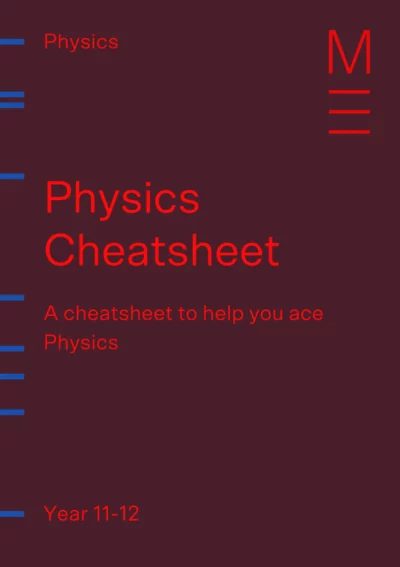Welcome to Matrix Education
To ensure we are showing you the most relevant content, please select your location below.
Select a year to see courses
Learn online or on-campus during the term or school holidays
Learn online or on-campus during the term or school holidays
Learn online or on-campus during the term or school holidays
Learn online or on-campus during the term or school holidays
Learn online or on-campus during the term or school holidays
Learn online or on-campus during the term or school holidays
Learn online or on-campus during the term or school holidays
Get HSC exam ready in just a week
Select a year to see available courses
Science guides to help you get ahead
Science guides to help you get ahead
Read this if you want to attract great Physics marks!

Join 75,893 students who already have a head start.
"*" indicates required fields
Related courses
Are you struggling with Electromagnetism for HSC Physics? Don’t worry, in this article, we’ll explain the key concepts you need to know to fulfil the NESA Physics Outcomes.
Charge up your Physics marks!
Get the competitive edge for your next Physics assessment! Fill out your details below to get this resource emailed to you. "*" indicates required fields
Download your FREE foldable Physics Cheatsheet

Download your FREE foldable Physics Cheatsheet
Year 12 Physics students find the Electromagnetism module conceptually challenging. As such, students struggle to provide scientific responses that are logical and sequential as required to obtain full marks in exam questions. In Part 2 of our HSC Physics study guide, the Matrix Science Team explains the key concepts in this topic using flowcharts to simplify complex processes.
Some flowcharts from the Matrix Year Physics Theory Book are provided below to help you write better scientific responses. If you missed it, don’t forget to have a look at Part 1 of the HSC Physics study guide on Advanced Mechanics.
The motor effect is a phenomenon where a current carrying conductor within a magnetic field experiences a force. Although it may not look like it at first glance, this motor effect is actually a consequence of the Lorentz force:
The most famous application of the motor effect is the operation of a DC Motor, something students must learn to explain in this module. The trick to understanding the DC Motor is to realise there are two key components: the motor effect producing a torque, and the split-ring commutator allowing continuous rotation in the same direction. This is shown in the flowchart below:
Students learn about Faraday’s Law which explains how electric potential differences (voltages) and currents can be generated. One of the more common examples involves a moving conductor in a magnetic field, a phenomenon which is once again derived from the Lorentz force:
Faraday’s Law informs us of the circumstances under which an EMF and current are induced, and Lenz’s Law outlines the direction of the induced current. They are often grouped together when explaining the response of a circuit to a change in magnetic flux:
A useful implementation of Faraday’s and Lenz’s laws is electromagnetic braking, which uses induced currents to slow the motion of a metal wheel. The process is explained below – crucially this involves no physical contact between the brake and the wheel.
A second device that uses Faraday’s and Lenz’s laws is the induction motor, which uses induced eddy currents to produce motion of the rotor without the need for slip rings/split ring commutator. The process of inducing rotation is outlined below:
The principle of electromagnetic induction is also used to generate electricity via an electric generator. In some aspects, these function in the opposite way to motors: a torque is applied to the rotor, and an alternating current is extracted. The process is outlined in the flowchart below:
At Matrix, our HSC Physics experts are here to develop your knowledge to boost your marks and confidence!
Physics doesn't need to be confusing
Expert teachers, detailed feedback, one-to-one help! Learn from home with Matrix+ Online Courses.
Written by Matrix Science Team
The Matrix Science Team are teachers and tutors with a passion for Science and a dedication to seeing Matrix Students achieving their academic goals.© Matrix Education and www.matrix.edu.au, 2023. Unauthorised use and/or duplication of this material without express and written permission from this site’s author and/or owner is strictly prohibited. Excerpts and links may be used, provided that full and clear credit is given to Matrix Education and www.matrix.edu.au with appropriate and specific direction to the original content.